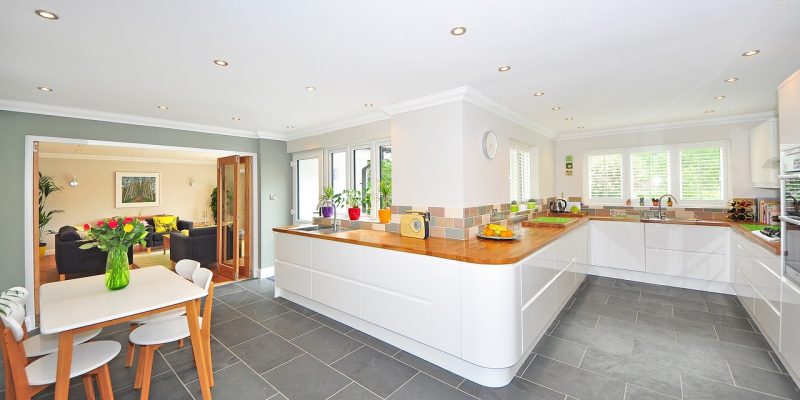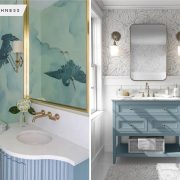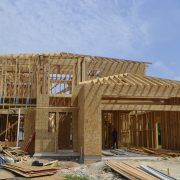Make your home inviting and inclusive by making an effort to make it accessible to everyone. Accessibility is mostly emphasized for the sake of people with mobility problems such as children, senior adults, or people with physical challenges. You must, therefore, understand the basics of making your home safe and easily accessible because there are specific designs and modifications that enable easier movement. Let’s look at what you need to know to make your home more accessible for everyone.

Single Level Homes
Having a single-level home is ideal for those with mobility disabilities because it facilitates easy movement and reduces the number of accidents likely to happen. Multi-level homes can be challenging to navigate for people in wheelchairs or those with visual impairments. If the house has stairs, it is advisable to add a platform lift or a stairlift for those who need to transfer from their wheelchairs. Companies like Stiltz Healthcare often recommend which type of lift suits your condition so you can visit one for more information. A lift is an excellent investment for older adults and anyone with difficulty with stairs.
Installing Ramps
For persons with mobility disabilities, ramps are a great way to help them navigate the terrains of your house easier. This can also be used by older people or kids who still need to start using the steps. Many homes nowadays are adopting a culture of having level access to the house. There are many ramps, each serving a different group of people. It is essential to research before constructing one to find the most suitable option for the person with a disability.
Ceiling Track
Ceiling tracks are an excellent idea, mainly if people use wheelchairs. This can help transfer from the bed, wheelchairs, toilet seats, or for showering. This minimizes the risk of falling and injury when doing these activities without it. It is crucial to decide which track you will purchase as they have different recommendations for age, weight, and the type of disability the user has. Though acquiring one may be costly, it is a good investment.
Inclusive Kitchen
An inclusive kitchen is a great way to ensure those with disabilities can work their way through the kitchen. The kitchen is full of emotions and laughter. Everyone should experience all the love while preparing a meal. Low countertops and low appliances will help the person with a disability find his way through the kitchen. If they can prepare a meal, there will be no hindrances.
Bathroom
The state of your bathroom is one of the most important aspects to consider when making your home more accessible. People in wheelchairs will need adequate space and bars to use as support when using the bathroom. Everyone must have a place to freshen up when they need to. Make necessary modifications to allow people with wheelchairs to use the sinks and toilet seats. This can be achieved by lowering the sink and using one they can roll under for efficient use. Installing handrails for support as they use the washroom is advisable. You can also include a wet room for showering, one that has a shower sitting in it. This can help prevent potential accidents.
Doorways
Narrow doorways are a problem for wheelchairs as it is challenging to get through comfortably. Ensure that doorways are wide enough to fit wheelchairs and machines like a ceiling track. You can use sliding doors to make them adjustable to the situation. These are an excellent pick for installing in a bathroom as they offer the option of increasing the use of space. Taking up an open-plan house would be a better option as maneuvering would be easier without all the barriers limiting movement.
Flooring
Regarding flooring, it is crucial to pick a material suitable to the person’s disability. Smooth floors with enough traction would be recommended for those using wheelchairs. Thick rugs would not be advisable as they can limit movement, and the person may find themself stuck at a point. Wooden floors would be a better pick as they have good traction and are easy to clean, especially when the wheelchair has been outside. Ensure the bathroom has a non-slip floor, as regular floors pose a potential danger of accidents.

An easily accessible home makes it easier for individuals with mobility difficulties to move around. Accessibility means making the home clutter-free or investing in technology that allows smooth navigation. This benefits the house occupants in avoiding risks that result from poor accessibility. Some of the places you should make accessible are the pathways, bathrooms, kitchens, and others. One of the main and integral parts of a safe home is the flooring. Ensure you invest in high-quality flooring whose texture prevents possible slips and falls not only for people with mobility difficulties but for everyone.




















